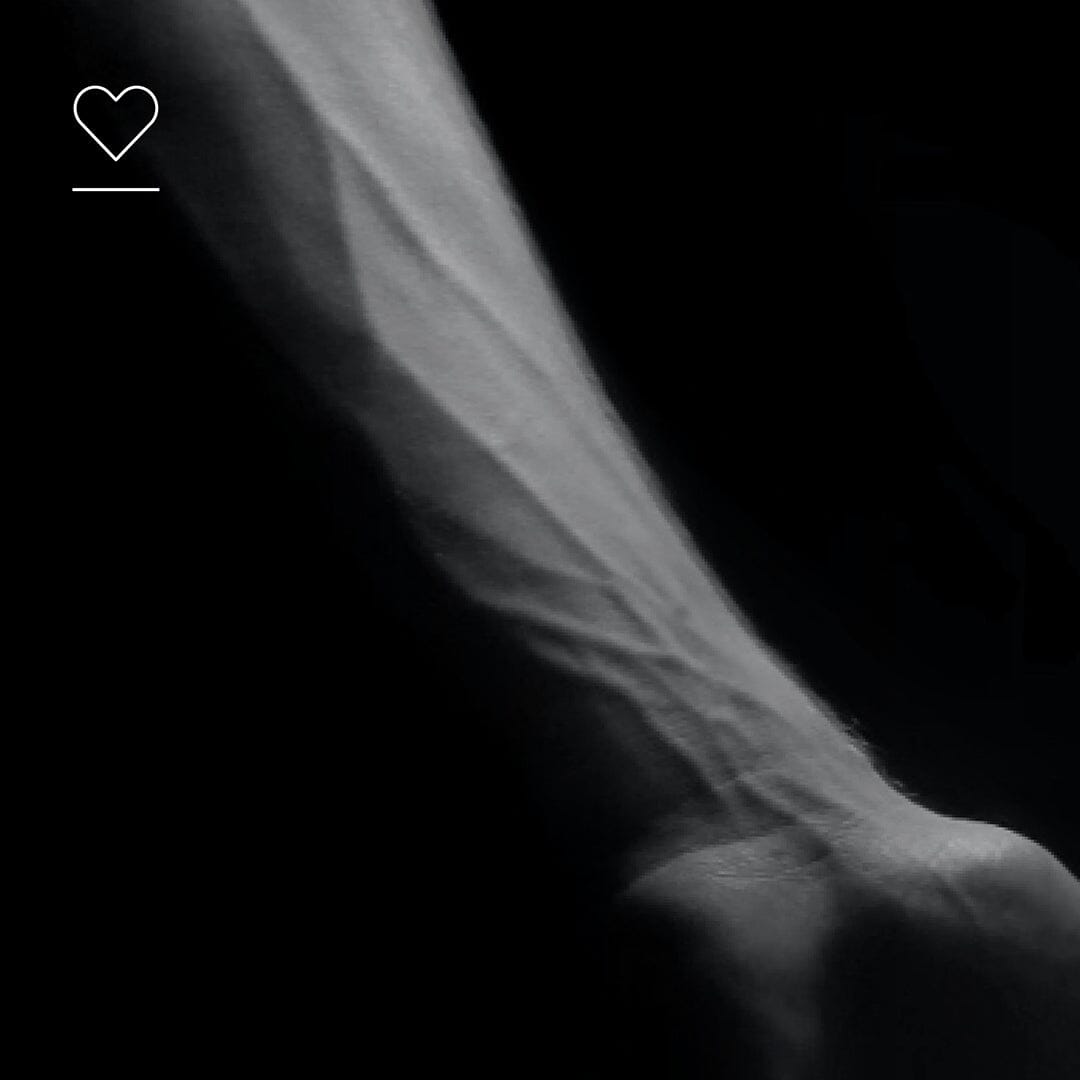Nearly 1 in 3 deaths are caused by cardiovascular disease (CVD) in New Zealand[1]. Globally, CVD is estimated to cause 32% of all deaths[2]. CVD includes diseases that affect the heart and circulation, such as heart attack, congenital heart disease, stroke, coronary heart disease and atrial fibrillation. The prevalence of cardiovascular disease increases with age.
Your circulatory system is made up of your heart, blood vessels and blood cells. Blood vessels form part of your circulatory system and are responsible for ensuring healthy blood flow around your entire body. Your blood distributes oxygen and nutrients throughout your body and removes waste from circulation.
As you age, changes occur to the structure and function of arteries and veins, leading to rigidity, reduced blood flow and dysfunction of the cells lining the blood vessel walls and increased blood brain barrier permeability[3].
In addition to the changes found in arteries and veins, changes occur in the microcirculatory system, where oxygen and nutrients are exchanged for carbon dioxide and waste. Arteries carry oxygen and nutrients to body tissues via smaller vessels known as arterioles, which branch into an even smaller network of vessels, known as the capillaries. The capillaries transport carbon dioxide and waste from body tissues into larger vessels known as venules and then into the veins for elimination through the lungs, skin, digestive or urinary systems.
Aging causes structural and functional changes to the microcirculatory system that have a damaging effect on the levels of oxygen, nutrients and waste that are transported through the circulatory system. These changes also affect the way that blood flows through the body. Complex changes occur within different areas of the microcirculatory system, causing twisted and remodelled vessels varying in width and thickness of linings. The body becomes less reactive to changes due to a reduction in the production of different chemical messengers, such as nitric oxide, which is involved in instructing blood vessels to dilate to allow increased blood flow[4].
Conditions associated with damage to blood vessels
Signs and symptoms that can point to circulation issues include pins and needles, cold hands and feet, numbness, bulging veins, weak or painful muscles, swelling and chest pain[5].
A wide range of age-related diseases can involve functional, structural and chemical changes that occur as we age – these include kidney disease, heart failure, Alzheimer’s disease, vascular cognitive impairment, age-related macular degeneration and sarcopenia.
How can I improve my circulation?
Dietary and lifestyle choices and genetic predispositions can either improve or worsen how we age at a cellular level. The health of our blood vessels can be further damaged by factors such as a high fat diet, a high sugar diet, obesity, smoking, a lack of exercise, smoking, pollutants, and toxins. These factors contribute to oxidative stress and inflammation that leads to cellular damage, dysfunction and senescence3.
You can read more about nutrition, body fat, high sugar diets, pollutants and smoking in the blogs below:
How body fat can affect your aging journey
The impact of sugar on how you age
The air you breathe and the way you age
How smoking affects the aging process
There are many natural ways to improve circulatory and cardiovascular health, including:
- Adding warming spices to your meals, such as black pepper, cinnamon, ginger, cayenne and turmeric.
- Consider supplementation:
- Vitamin K2 reduces blood vessel calcification and stiffness.
- Vitamin D3 – works with vitamin K2 to reduce stiffness in blood vessels
- Curcumin reduces oxidative stress.
- L-citrulline helps our body to create nitric oxide needed to dilate blood vessels.
- Rhamnan sulphate helps to protect and restore the glycocalyx which protects the integrity of blood vessels.
- Taking hot and cold showers – alternate between 30 seconds of hot and cold water at the end of your shower, ending on the cold cycle. Or swim in the ocean!
- Get yourself a massage.
- Drink enough water – aim for around 2 litres a day. Don’t forget that fruit and vegetables count and limit that caffeine.
- Dry skin brushing – this stimulates circulation and also helps the lymphatic system, which runs alongside the circulatory system and eliminates waste from the body.
- Eat plenty of fruit and vegetables – as much as possible. To improve cardiovascular health, you should aim for 10 serves a day. To boost your intake consider smoothies or soups.
- Exercise, exercise, exercise – but seek professional advice if you have existing cardiovascular issues.
Suzy Walsh
BBA (Hons)., BNat., mNMHNZ
Registered Naturopath & Medical Herbalist
References:
[1] Latest heart disease statistics. (n.d.). Heart Foundation NZ. https://www.heartfoundation.org.nz/statistics
[2] Cardiovascular diseases. (2019, June 11). WHO | World Health Organization. https://www.who.int/health-topics/cardiovascular-diseases#tab=tab_1
[3] Xu, X., et al. (2017). Age-related impairment of vascular structure and functions. Aging and disease, 8(5), 590. doi: 10.14336/ad.2017.0430
[4] Ungvari, Z., Tarantini, S., Sorond, F., Merkely, B., & Csiszar, A. (2020). Mechanisms of vascular aging, a Geroscience perspective. Journal of the American College of Cardiology, 75(8), 931-941. doi: 10.1016/j.jacc.2019.11.061
[5] Poor circulation: Symptoms, causes and treatment. (n.d.). Cleveland Clinic. https://my.clevelandclinic.org/health/diseases/21882-poor-circulation


![Never Grow Old - Longevity Issue [Nutrition Business Journal]](http://scienceresearchwellness.com/cdn/shop/articles/NBJ_Post_-_LinkedIn.jpg?v=1692742979&width=1500)
![Circulatory system care "vital" [NZHERALD]](http://scienceresearchwellness.com/cdn/shop/articles/SRW_-_News_Clip_-_Post_-_Cir1_-_D1_dfadc7dc-c57a-4f80-82bd-4fdb5ba5f0cd.jpg?v=1692742734&width=1500)
